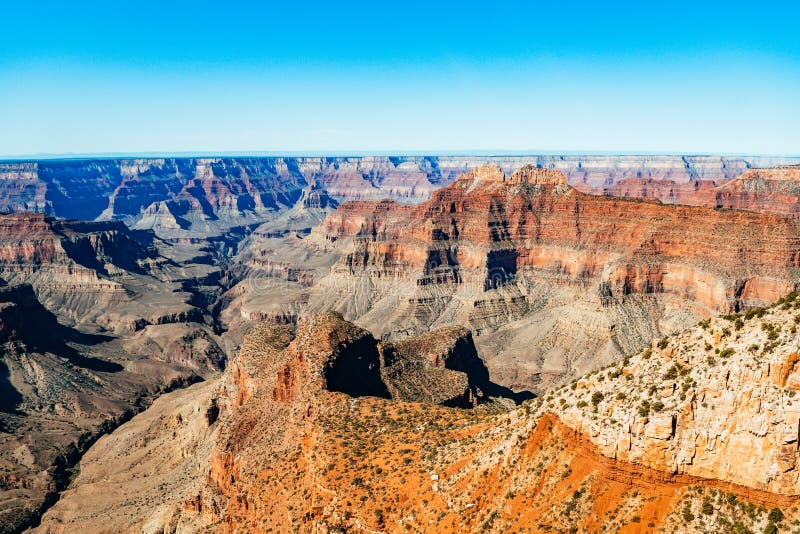
In 2011, a seawall protecting the Fukushima nuclear power plant was overwhelmed by a tsunami, resulting in a nuclear disaster. With an approaching storm or water surge, air is used to force the water out, and the walls float up and block surging water. In Venice, a massive (and ingenious) project called Moses consists of steel container walls that when filled with water rest on the bottom of the lagoon.

In Holland, the Mansell Wall has been built near Rotterdam. The city of New Haven is concerned enough that plans are in the works to build a seawall near Long Wharf.
#Grand canyon aerial view plus
The former plus the melting ice caps on land lead to rising sea levels, so as coastal residents we should all be concerned.Ī recent story described the common occurrence of flooding (even without storms on so-called blue sky days) on Union Street near Union Station and the Police Station. Warmer temperatures and warmer oceans mean more water evaporates, leading to more frequent and powerful tropical storms. Atmospheric science teaches us that more carbon dioxide leads to atmospheric warming. Dating back to the mid-17th century, resourceful humans figured out ways to perform tasks to relieve human drudgery by using fossil fuels to power new machines like the steam engine, originally invented to pump water out of coal mines. The Earth has survived - thank goodness!īut now an “unnatural” factor has been introduced into the ice-water equilibrium equation - human activity resulting from the Industrial Revolution. The equilibrium that exists between the different forms of water has been here for millions of years with natural shifts sometimes bringing on ice ages alternating with warming periods. The ice is locked up at the poles (both as land-based ice and icebergs), as well as at other northern latitudes and at high altitudes in mountain glaciers. It may not be commonly appreciated what a unique planet our Earth is as it not only has liquid water but also lots of ice. So, let’s go back to its liquid and solid forms. Of course, there is a third form - water vapor - that will be addressed below. First, water is the most common chemical we ever deal with (and on earth), Second, everyone knows there are two common forms: the liquid we need to survive and the ice we use to chill drinks, preserve food, and enjoy in winter sports.


There are several aspects that need to be understood. We are all aware of the dire warnings of what increasing carbon dioxide levels are causing, but sometimes it is hard to process, because aside from storms like Ian most of the time there is little evidence right in front of us. In subsequent chapters, he builds the case for the dramatic impact climate change is having on sea levels. Goodell starts with a fictional apocalyptic telling of a hurricane that could strike Florida in 2027 and then goes on to tell the story of the building of Miami Beach on silt in the 1930s. There you can see the waterfall that carved it out over millennia - of course, no one observed this directly, but the evidence is there. While on a recent trip to Yellowstone National Park (before the devastating spring floods), I listened to a 2017 book by Jeff Goodell called “The Water Will Come.” In Yellowstone, the power of water over eons is on display - especially at its own Grand Canyon. Coast Guard shows storm damage from Superstorm Sandy in a portion of New Haven. 30, 2012, aerial photo provided by the U.S.


 0 kommentar(er)
0 kommentar(er)
